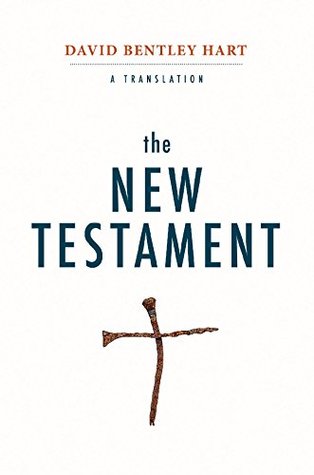More on this book
Community
Kindle Notes & Highlights
Quirinius was governor in Syria in AD 6–7, which would place Christ’s birth considerably later than Matthew’s Gospel claims (inasmuch as Herod the Great died in 4 BC).
Though “son of man” is simply a good Semitic idiom meaning “a man,” by the first century it had long served as the name of a mysterious apocalyptic or eschatological figure (as in the one “like a son of man” who rides in the chariot of God in Ezekiel), and as Christ uses it in the Gospels it should clearly be read as a distinctive prophetic title (though not one whose precise significance can be ascertained).
inauguration
18Whoever speaks from himself seeks his own glory; but whoever seeks the glory of the one who has sent him, this man is true, and in him is no injustice.
“Have I not told you that if you have faith you will see God’s glory?”
the crowd
“The hour has arrived when the Son of Man is glorified.
whoever hates his soul in this cosmos will preserve it for life in the Age.
glorify
glorify
32And I, when I am lifted up from the earth, will drag everyone to me.”
glory
glorified,
glorified
glor...
This highlight has been truncated due to consecutive passage length restrictions.
gl...
This highlight has been truncated due to consecutive passage length restrictions.
gl...
This highlight has been truncated due to consecutive passage length restrictions.
glorified
glorified:
glorify
“Father, the hour has come; glorify your Son, so that the Son might glorify you,
4On earth I glorified you by completing the work that you have given me to do. 5And now, Father, glorify me by your side with that glory I had by your side before the cosmos was.
the glory you have given me,
my glory,
glory
There is little doubt among scholars that the episode of the woman taken in adultery was not written by the same hand that produced the surrounding text.
It is not found in the earliest manuscripts of John, or in any Greek or Latin text still extant from before the late fourth century.
It is written in a more polished style than the rest of the text, far closer to that of Luke’s...
This highlight has been truncated due to consecutive passage length restrictions.
there is good reason to think the episode may in fact be drawn from an older narrative source than the Gospel itself:
Christian...
This highlight has been truncated due to consecutive passage length restrictions.
Syrian Did...
This highlight has been truncated due to consecutive passage length restrictions.
Constitutions of the...
This highlight has been truncated due to consecutive passage length restrictions.
Didymus the Blind and Jerome mention the tale
It seems that the story was something of a freely floating tradition,
The Gospel clearly reaches a natural conclusion at the end of chapter twenty; chapter twenty-one is, most scholars believe, a slightly later addition to the text, a sort of theological (and rather dreamlike and lovely) coda.
Agabus


